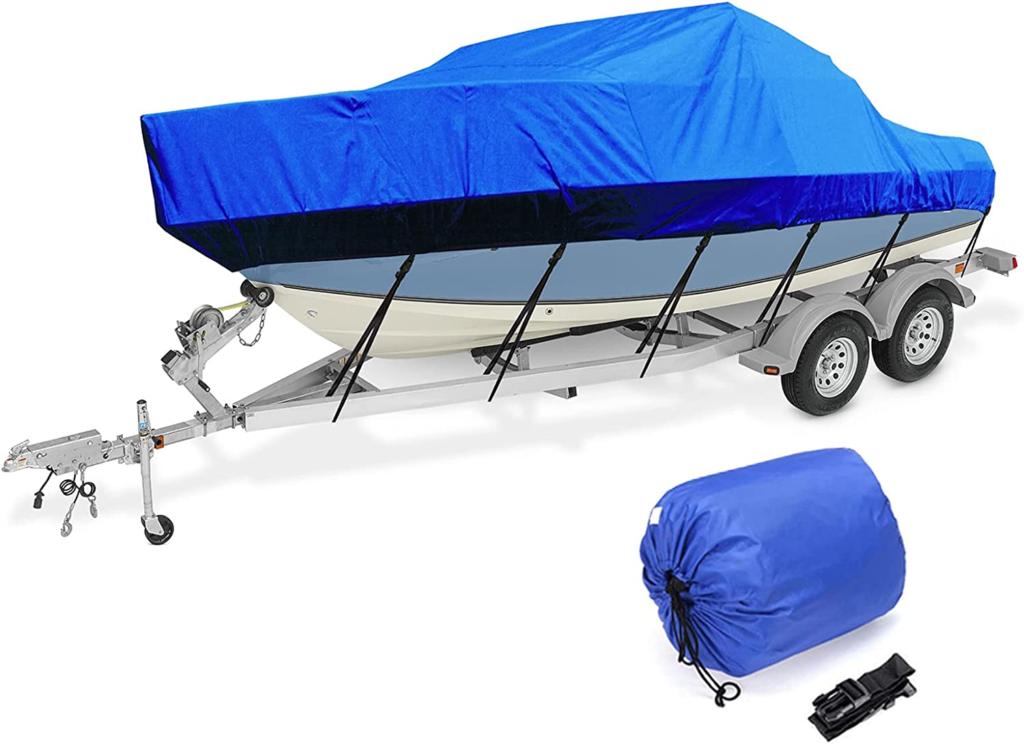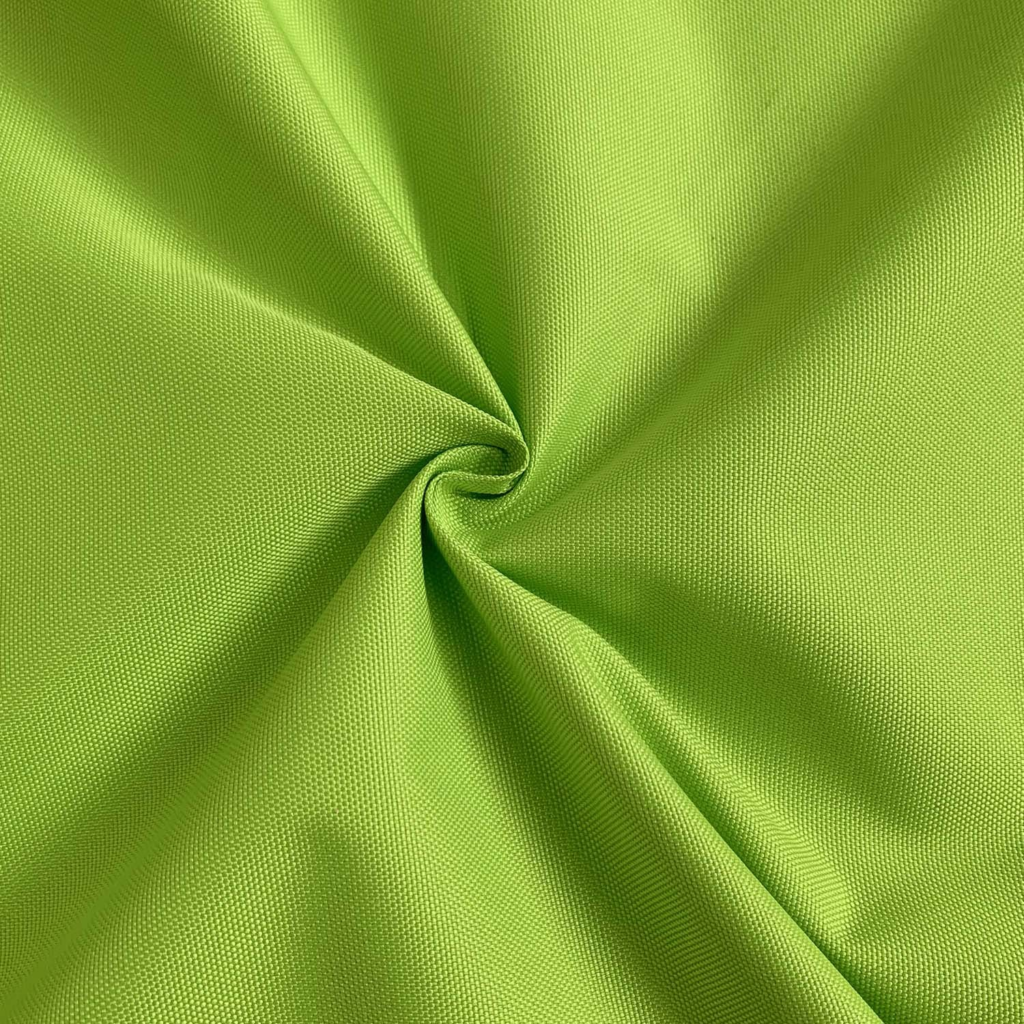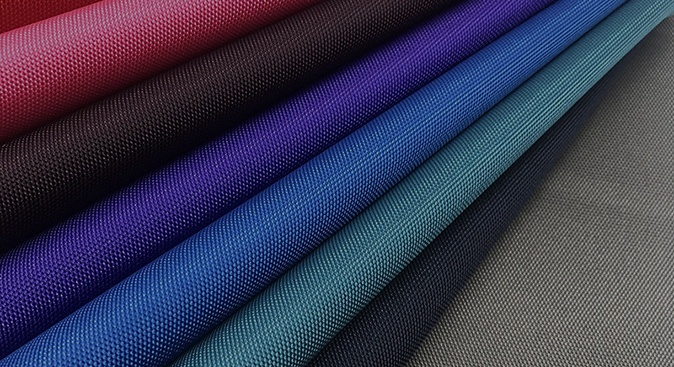Introduction
Importance of UV Resistance in PVC Coated Fabric
PVC coated fabric is a versatile material used in a wide variety of industries and applications due to its durability, water-repellency, and aesthetic appeal. However, one key aspect that cannot be overlooked is its UV resistance.
Over time, UV radiation from the sun can wreak havoc on fabrics, causing fading, degradation, and a shortened lifespan. This is especially important for outdoor applications where the fabric is exposed to sunlight for extended periods of time. The importance of UV resistance to PVC coated fabrics cannot be overemphasized. So what positive effect does UV resistance have on fabrics?
The UV-resistant PVC coating acts as a protective layer, protecting the underlying fabric from harmful UV rays. This resistance helps maintain the color vibrancy, structural integrity, and overall performance of the fabric, ensuring functionality and the visual appeal is maintained even under prolonged sun exposure.

What is PVC Coated Fabric
Definition and Composition of PVC Coated Fabric
PVC Coated Fabric refers to a type of textile material that has been treated with a layer of polyvinyl chloride (PVC) coating. The fabric itself serves as the base, providing the desired properties such as strength, flexibility, and durability. The PVC coating is applied to the fabric through a specialized process, creating a protective layer on its surface.
The composition of PVC Coated Fabric typically consists of a woven or knitted base fabric made from materials like polyester, nylon, or cotton. This base fabric provides structural strength and stability to the final product. The PVC coating is applied to one or both sides of the fabric, adhering to the fibers and forming a continuous, waterproof layer.

Coating Process and Impact on UV Resistance
The coating process plays a significant role in determining the UV resistance of PVC Coated Fabric. During the manufacturing process, the base fabric is passed through a machine where the PVC coating is applied. This can be done through various techniques, such as calendaring or extrusion.
Calendaring involves passing the fabric between heated rollers, where the PVC coating is melted and bonded to the fabric surface. This process ensures a uniform coating thickness and enhances the fabric’s overall performance, including its UV resistance.
Extrusion, on the other hand, involves forcing molten PVC through a die, which is then applied to the fabric surface. This method allows for greater control over the coating thickness and enables the inclusion of additives that enhance UV resistance.The PVC coating acts as a protective barrier against UV radiation. It reflects or absorbs the UV rays, preventing them from penetrating through the fabric and reaching the underlying fibers. This shields the fabric from the damaging effects of UV radiation, such as color fading, degradation, and reduced lifespan.

Applications of PVC Coated Fabric
Various Industries and Sectors Utilizing PVC Coated Fabric
PVC Coated Fabric finds extensive use across a wide range of industries and sectors due to its versatility and excellent performance characteristics. Some of the key industries that utilize PVC Coated Fabric include:
Architecture and Construction: PVC Coated Fabric is widely used in architectural applications such as tension structures, awnings, canopies, and roofing membranes. Its waterproofing properties, durability, and flexibility make it a preferred choice for creating visually appealing and functional structures.

Transportation: PVC Coated Fabric is utilized in the transportation industry for applications such as truck covers, tarpaulins, and protective covers for boats and cars. Its strength, weather resistance, and ability to withstand harsh environments make it an ideal choice for protecting goods and vehicles.

Agriculture: In the agricultural sector, PVC Coated Fabric is used for greenhouse coverings, pond liners, and crop protection. Its resistance to chemicals, water, and UV rays makes it suitable for creating a controlled environment for crops and livestock.

Sports and Recreation: PVC Coated Fabric is utilized in the production of sporting equipment, inflatable structures, tents, and protective gear. Its lightweight, flexibility, and resistance to wear and tear make it ideal for various outdoor recreational applications.

Successful Case Studies
Iconic Tension Structure: PVC Coated Fabric was used to create a visually striking tension structure in an architectural project. The fabric’s flexibility, strength, and UV resistance allowed for unique designs and ensured long-lasting color vibrancy and structural integrity.
Durable Truck Cover: A transportation company opted for a PVC Coated Fabric truck cover to protect goods during transportation. The fabric’s strength, weather resistance, and UV resistance provided reliable protection against harsh weather conditions and prolonged sun exposure.
Efficient Greenhouse Covering: An agricultural venture utilized PVC Coated Fabric as a greenhouse covering. The fabric’s chemical resistance, waterproofing capabilities, and UV resistance created an optimal environment for plant growth, protecting against UV radiation and ensuring successful cultivation.

Exploring UV Resistance in PVC Coated Fabric
UV Resistance and Effects On Fabrics
UV radiation, present in sunlight, can have detrimental effects on fabrics over time. Prolonged exposure to UV rays can cause color fading, degradation, and weakening of the fabric’s fibers. This can lead to a decrease in the fabric’s overall integrity, resulting in reduced durability and lifespan. UV resistance in PVC Coated Fabric refers to its ability to withstand and mitigate the damaging effects of UV radiation.

Significance of UV Resistance in Protecting the Fabric’s Integrity
UV resistance plays a crucial role in preserving the integrity of PVC Coated Fabric. By incorporating UV-resistant properties into the fabric, it can effectively shield against UV radiation, preventing the penetration of harmful rays. This protection helps to maintain the fabric’s colorfastness, strength, and overall performance over an extended period, even when exposed to direct sunlight.
PVC Coated Fabric with UV resistance ensures that the fabric retains its aesthetic appeal, vibrant colors, and structural integrity for a longer duration. It minimizes the risk of premature aging, degradation, and the need for frequent replacements, making it an ideal choice for outdoor applications where UV exposure is inevitable.

Benefits of PVC Coated Fabric with UV Resistance
Enhanced Color Retention: UV-resistant PVC Coated Fabric retains its colors for a longer time, maintaining the vibrancy and visual appeal of the fabric. This is particularly essential for applications where aesthetics play a significant role.
Increased Durability: UV resistance helps to protect the fabric’s fibers from degradation caused by UV radiation, resulting in improved durability. The fabric remains strong and resilient, even when subjected to prolonged exposure to sunlight.
Extended Lifespan: With UV resistance, PVC Coated Fabric can withstand the effects of UV radiation for an extended period, extending its overall lifespan. This reduces the need for frequent replacements, saving costs and ensuring long-term performance.
Reliable Performance: PVC Coated Fabric with UV resistance maintains its performance characteristics, such as waterproofing, flexibility, and strength, even under challenging outdoor conditions. It remains functional and reliable, meeting the requirements of various applications.
Cost-Effectiveness: Investing in PVC Coated Fabric with UV resistance proves cost-effective in the long run. Its ability to withstand UV radiation and maintain its integrity reduces maintenance and replacement expenses, providing value for money.

Evaluating UV Resistance and Quality Control
Factors When Assessing UV Resistance
UV Protection Rating: Assess the fabric’s UV protection rating, which indicates its ability to block harmful UV radiation. Higher UV protection ratings indicate better resistance to UV rays.
Colorfastness: Examine the fabric’s colorfastness to ensure that it retains its original colors even after prolonged exposure to UV radiation. Look for fabrics with excellent colorfastness properties.
Material Composition: The composition of the fabric, including the type of PVC coating and additives, can impact its UV resistance. Opt for fabrics that incorporate UV stabilizers or additives designed to enhance UV resistance.
Construction and Weaving: The construction and weaving technique of the fabric can affect its UV resistance. Fabrics with tightly woven structures tend to provide better UV protection.

Common Testing Methods and Industry Standards
UV Exposure Testing: Fabrics undergo accelerated UV exposure tests to simulate real-world conditions. These tests assess the fabric’s ability to withstand prolonged UV exposure without significant degradation.
Colorfastness Testing: Colorfastness tests determine how well the fabric retains its colors when exposed to UV radiation. Standardized methods, such as ISO 105-B02 or AATCC TM16, are commonly used for colorfastness evaluation.
Physical Property Testing: Physical property tests, including tensile strength, tear resistance, and elongation, help assess the fabric’s overall performance and durability after UV exposure.
Compliance with Standards: Fabrics that meet industry standards and certifications, such as ASTM D4329 or ISO 4892, demonstrate their adherence to specific UV resistance requirements.

Certifications and Compliance for UV-Resistant Fabrics
ISO Certification: ISO 4892 specifies the methods for exposing materials to UV radiation for determining their resistance. Fabrics that comply with ISO 4892 demonstrate their adherence to international UV resistance standards.
Quality Assurance Programs: Some fabric manufacturers may have their own quality assurance programs in place, ensuring that their UV-resistant fabrics meet specific performance criteria.
Compliance Labels: Look for compliance labels or tags indicating that the fabric has undergone UV resistance testing and meets specific industry standards.

Overcoming Procurement Challenges
Identifying Reputable Suppliers and Manufacturers
Research and References: Conduct thorough research to identify suppliers with a proven track record of delivering high-quality UV-resistant fabrics. Seek recommendations from industry peers or consult online directories and trade associations.
Reputation and Reviews: Evaluate the reputation of potential suppliers by checking customer reviews, testimonials, and ratings. A supplier with positive feedback and a strong reputation is more likely to provide reliable products.
Quality Certifications: Look for suppliers who hold relevant quality certifications, such as ISO 9001, as they demonstrate a commitment to manufacturing and delivering UV-resistant fabrics to industry standards.
Industry Experience: Assess how long the supplier has been in the industry and their experience in manufacturing PVC Coated Fabric with UV resistance. A supplier with extensive experience is more likely to understand the specific requirements and challenges associated with UV-resistant fabrics.

Requesting Samples and Specifications for Verification
Request samples of PVC Coated Fabric with UV resistance to evaluate their physical attributes, including color, texture, and durability. Perform UV resistance tests on the samples to assess their performance.
Review the fabric specifications provided by the supplier, paying close attention to UV resistance properties, such as UV protection rating, colorfastness, and material composition. Ensure that the specifications align with your project requirements.
Consider conducting independent testing of the fabric samples to validate the supplier’s claims regarding UV resistance. This helps ensure that the fabric meets your specific needs and performance expectations.

Effective Communication and Collaboration in the Procurement Process Clear Specifications: Clearly communicate your requirements and specifications to the supplier to ensure they understand your expectations regarding UV resistance, performance, and other factors.
Regular Updates: Maintain regular communication with the supplier to stay updated on the progress of your order, including production timelines, quality control measures, and any potential challenges.
Collaborative Problem-Solving: Foster a collaborative relationship with the supplier, allowing for open and constructive discussions to address any issues or concerns that may arise during the procurement process.
Quality Assurance Agreements: Establish quality assurance agreements that outline the expected standards and quality control processes to be followed by the supplier. This ensures mutual understanding and accountability.

Conclusion
The topic of whether PVC Coated Fabric is UV resistant is of great significance when considering its suitability for various applications.
UV resistance is essential in protecting the fabric from the harmful effects of UV radiation. Over time, exposure to UV rays can lead to color fading, degradation, and loss of strength in fabrics. By choosing PVC Coated Fabric with UV resistance, one can ensure prolonged color retention and structural integrity, even in outdoor environments with high UV exposure.
The coating process plays a vital role in enhancing the fabric’s UV resistance. During this process, specific additives and UV stabilizers can be incorporated, which help to improve the fabric’s ability to resist UV radiation. This results in a fabric that can withstand prolonged exposure to sunlight without significant damage.
In conclusion, UV resistance is a vital characteristic to consider when selecting PVC Coated Fabric. By understanding the fabric’s composition, the impact of the coating process, and the significance of UV resistance, customers can make informed decisions and choose PVC Coated Fabric that meets their requirements for UV protection, ensuring long-lasting performance and durability in various applications.



